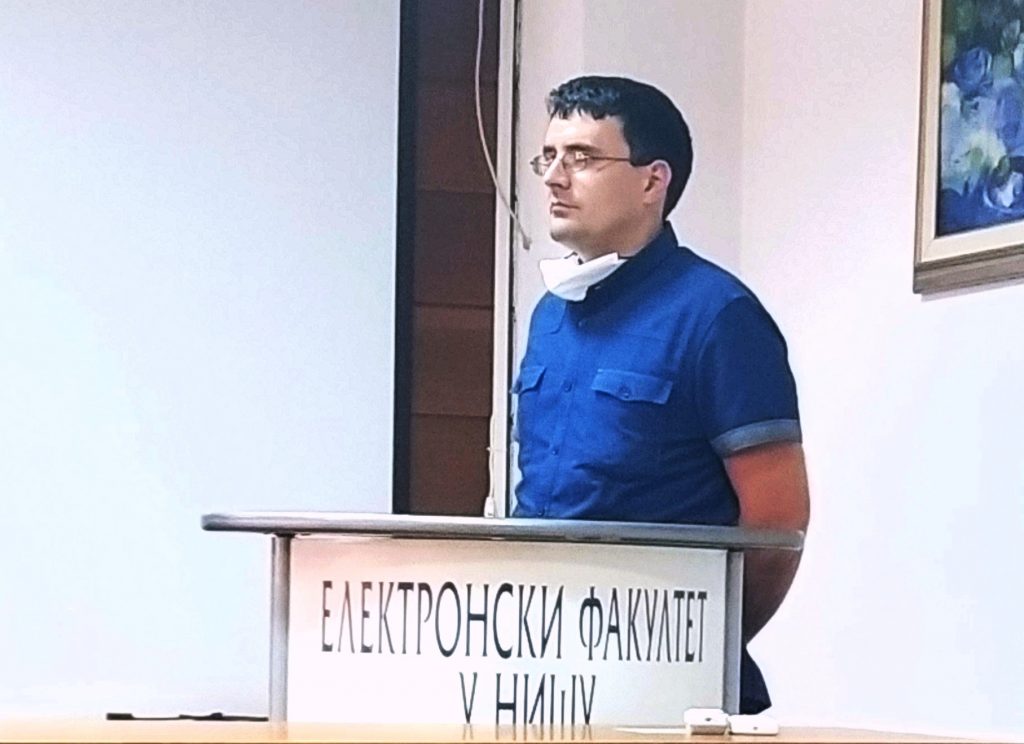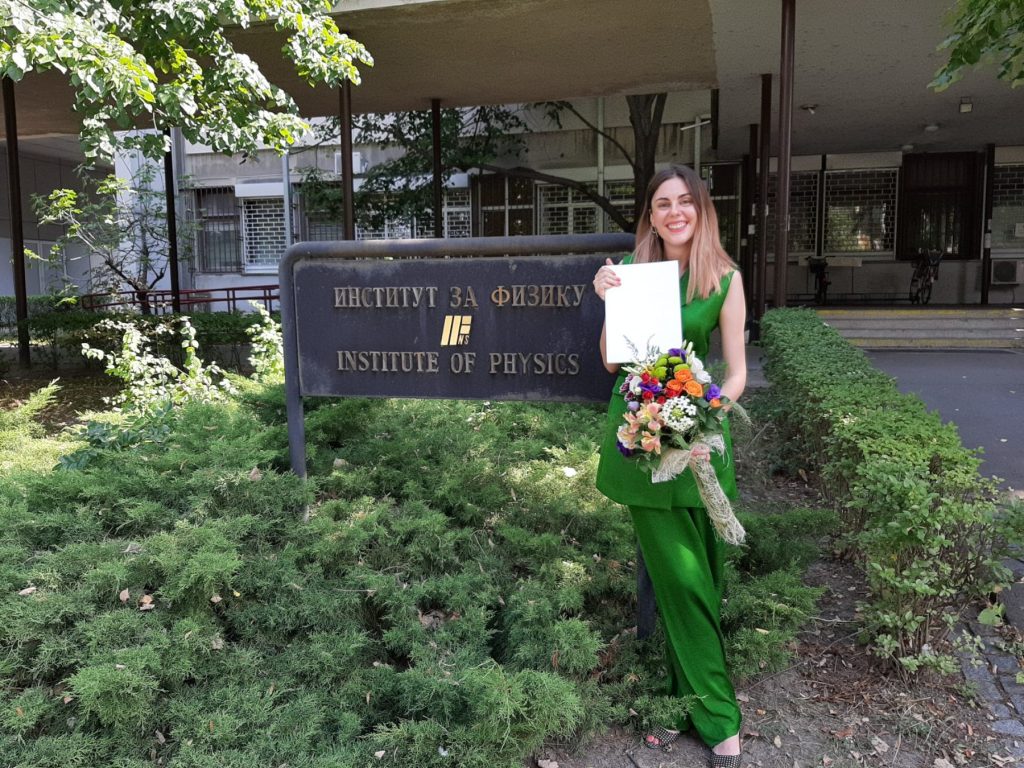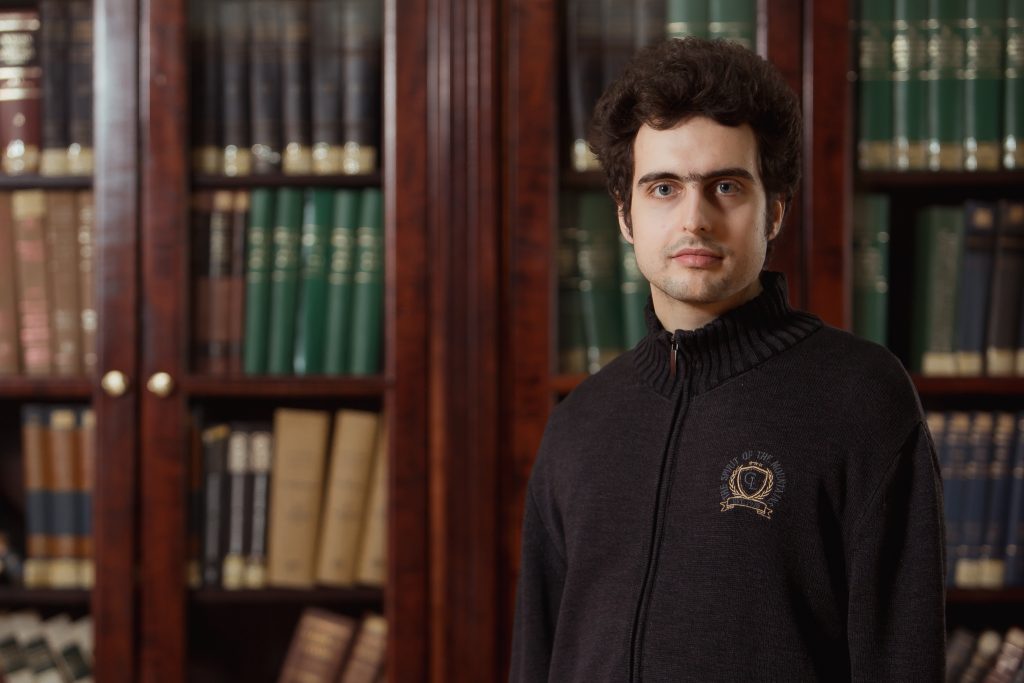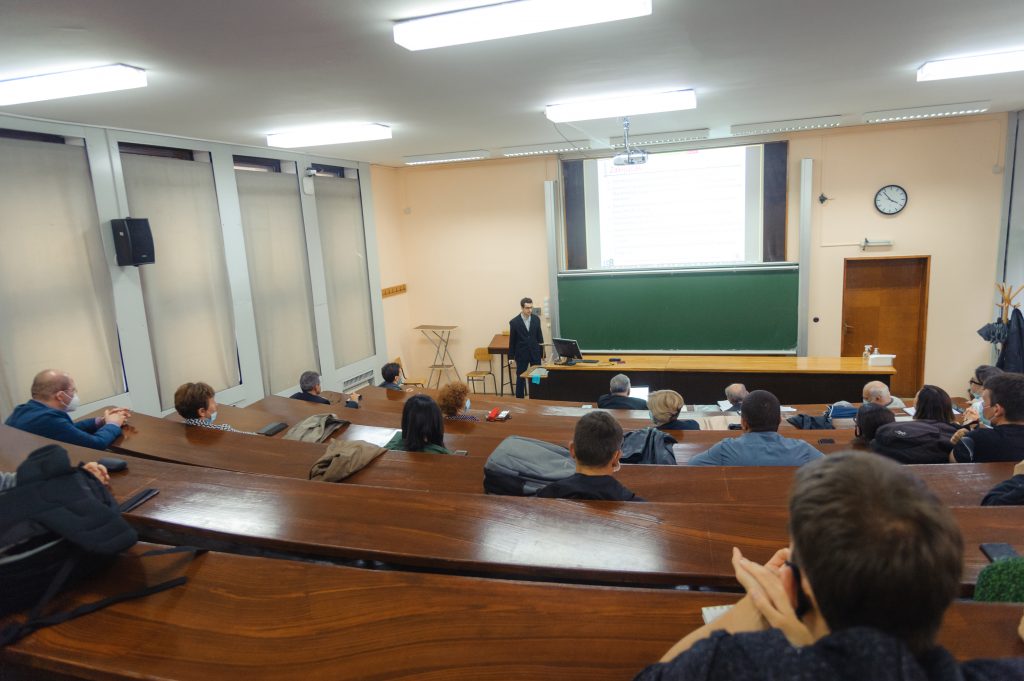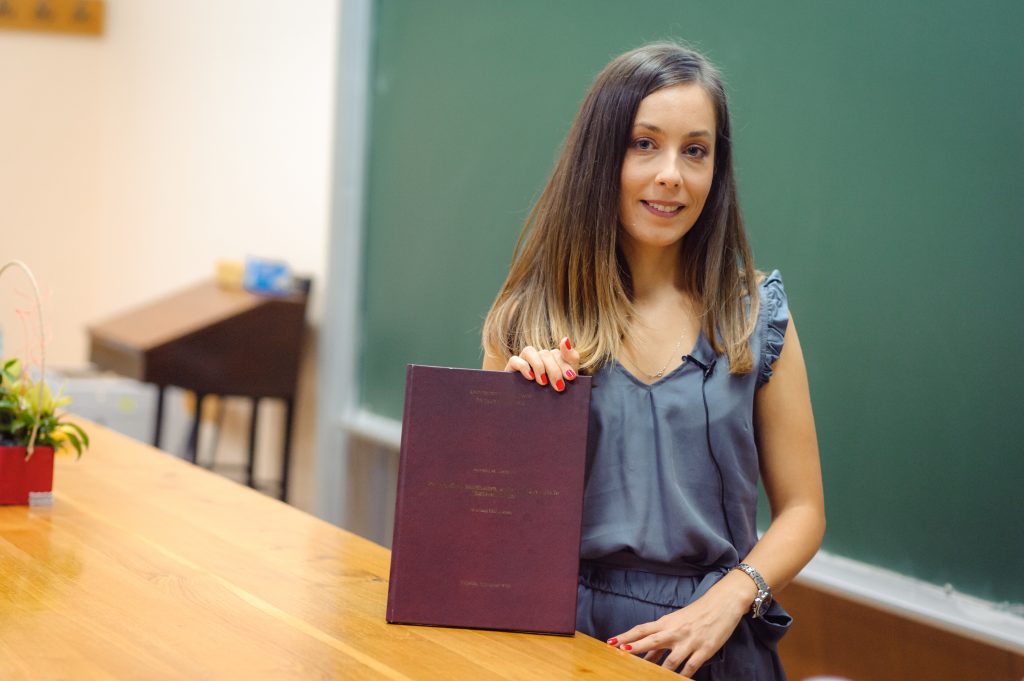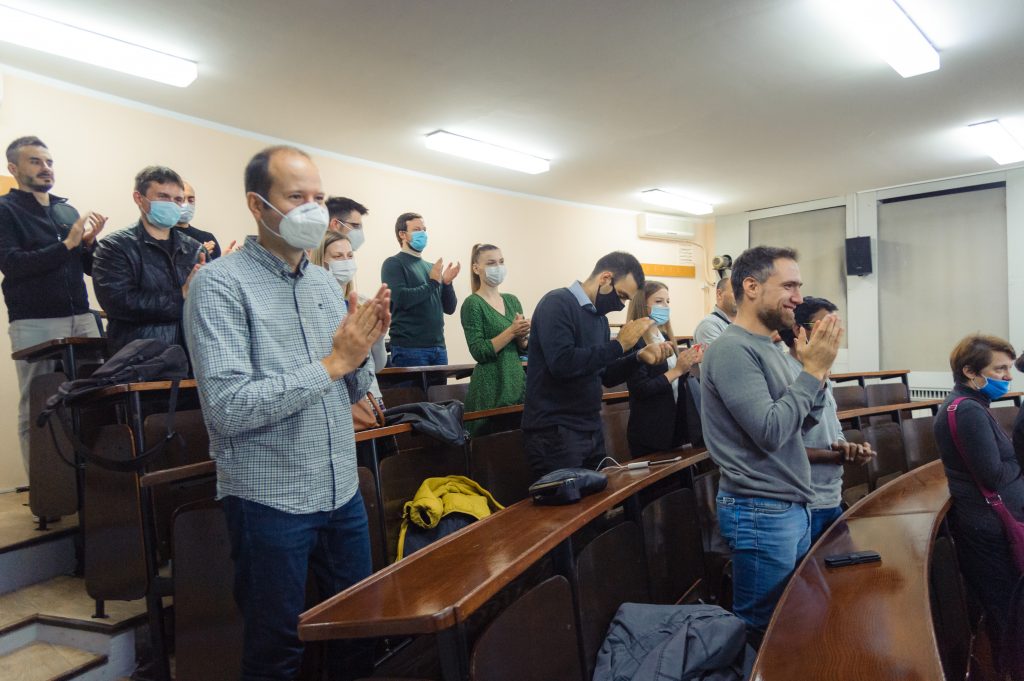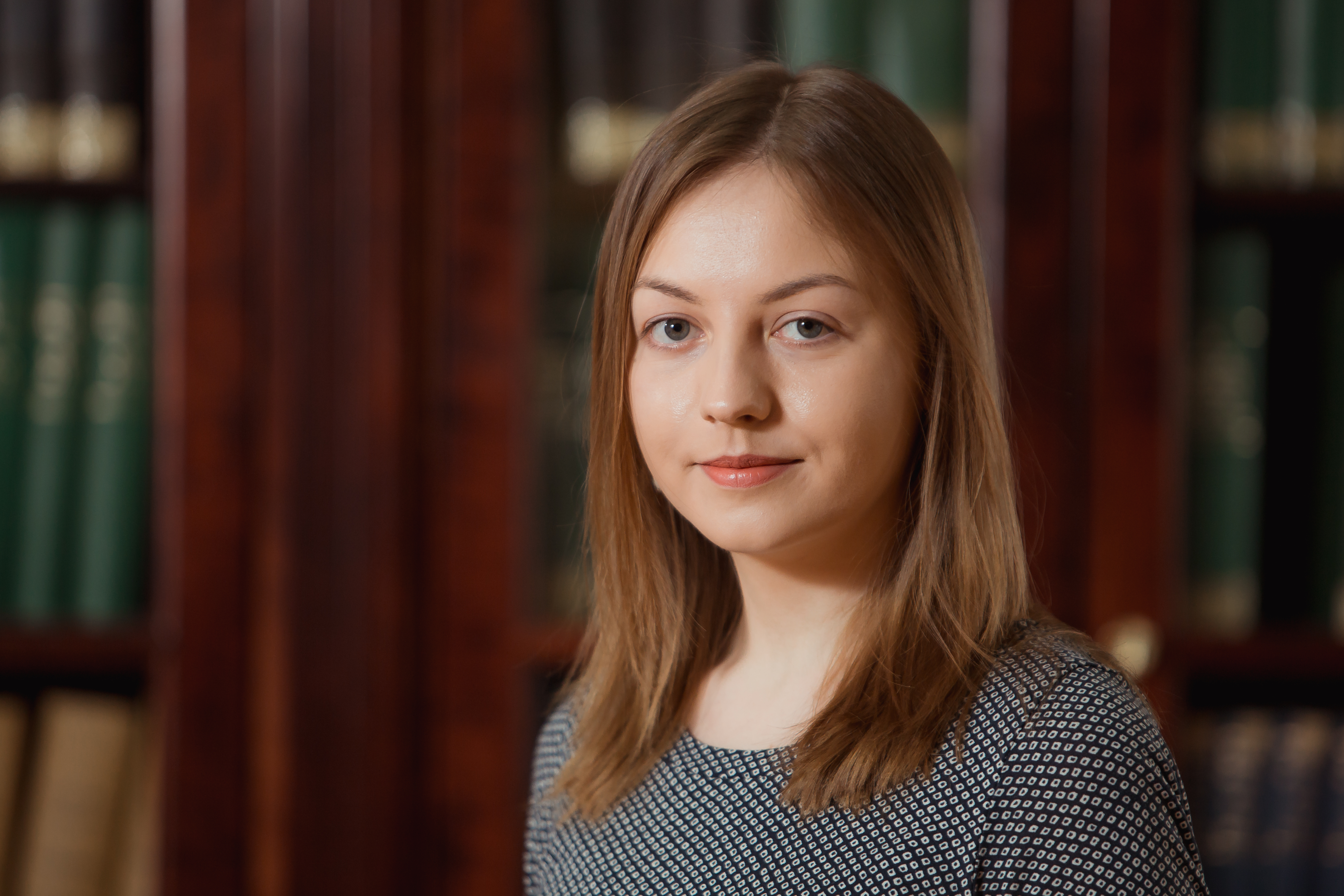ВРТ ФИЗИКЕ Епизода 14
„Дајсонова сфера“
Гост: др Марко Војиновић
„Дајсонова сфера је хипотетички објекат који окружује звезду“, каже др Марко Војиновић из Института за физику у Београду у четрнаестој епизоди научнопопуларног видео-серијала „Врт физике“, описујући концепт недавно преминулог славног теоретичара, математичара, физичара и статистичара Фримана Дајсона.
„Идеја је да имате рој астеорида или сличних објеката који ће у потпуности да заклоне сјај звезде. Он би користио сву енергију коју звезда израчи и ми бисмо са земље видели такав објекат као једну звезду која зрачи искључицо у инфрацрвеном спектру“, објашњава др Војиновић и напомиње да је то начин да детектујемо развијене ванземаљске цивилизације.
Објшањавајући смисао и читаве идеје и колики је њен значај за науку, др Војиновић каже: „Дајсон је волео да провоцира људе са радикалним идејама. То је његова основна баштина. Терао је људе да размишљају на начин који је различит од оног на који су навикли“.
Серијал „Врт физике“ покренуо је Институт за физику у Београду инспирисан концептом популарних ИПБ трибина, које су све до епидемије окупљале многобројну публику у Великој сали СКЦ. Реализована у сарадњи са порталом „Наука кроз приче“, свака од епизода „Врта науке“ посвећена је једној од кључних тема модерне науке . Но, уместо пред публиком, са физичарима и другим истраживачима сада разговарамо у башти Института, на обали Дунава у Земуну.
—-
Аутори: Марија Ђурић и Слободан Бубњевић
Сценарио: “Наука кроз приче”
Камера/дрон: Зоран Вељаноски, Бојан Живојиновић (Twotech Solutions)
Сарадник у продукцији: Јована Николић
Режија и монтажа: Бојан Живојиновић
Производња: Институт за физику у Београду, 2020.




